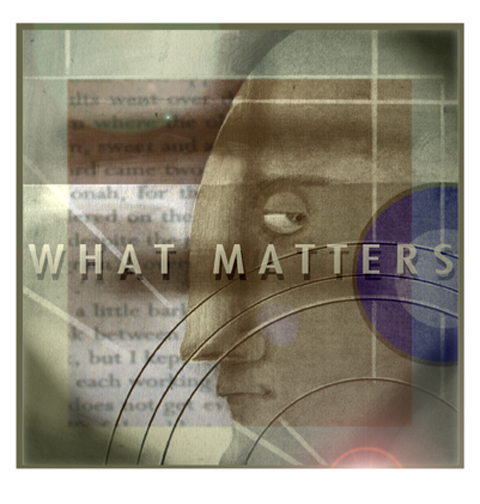
About
John Cox is a painter, cartoonist, and illustrator for hire. For information about purchasing existing work or commissioning new work, contact him by e-mail at john555cox [at] hotmail.com.
Search
About This Page
This page contains a single entry from the blog posted on January 22, 2012 11:24 PM.
The previous post in this blog was Haiku What?.
The next post in this blog is Quiptoons.
Many more can be found on the main index page or by looking through the archives.
Powered by
Movable Type 3.35
Movable Type 3.35
Comments (5)
Way cool Dude!
John, can you give a step by step on it's creation? Like the 'shadowing'?
Ever think of creating one of these as a You-Tube presentation?
Posted by GarandFan | January 23, 2012 6:05 PM
Posted on January 23, 2012 18:05
Hey G
I just tried writing the description of the creative process of this cover.
WAAAAAAYY too many steps to describe. I must have used twenty layers on this piece. Cutting, pasting, fading, contrasting, cutting again, pasting again, adding shadow. Lots of little moves to add depth and detail.
I guess that answers your question about possibly offering a tutor type of You Tube presentation. Very intuitive. It can't be "taught". All the dozens of decisions I made were reflex; going by what I thought "works" and "doesn't work."
Wouldn't know how to do it. I'm afraid it would come off a bit too random and difficult to follow.
Posted by John Cox | January 24, 2012 1:35 AM
Posted on January 24, 2012 01:35
VERY NICE. Makes me think of On the Unseriousness of Human Affairs (Schall). Timeless subject, really--Aristotle addressed it (but didn't fully cover it) in his 2 books on aesthetics.
Posted by Anonymous | January 24, 2012 2:45 AM
Posted on January 24, 2012 02:45
GF: GOOD IDEA.
I think I can give you an oversimplified idea of what's going on--except for the actual artwork.
Image editors let you work in practically infinite layers. The trick is keeping the individual "objects" separate (in a "working document" format) until you're satisfied with the arrangement (then "save" AND "save as" [image format]). As long as objects are separate, they can be moved, removed, sent deeper, brought forward, & "effected" separately.
The foreground shadows (lines, & borders) are simply translucent objects with softened edges. The other shadows are either (1) "drop shadows" applied to individual objects, or (2) effects applied to a "composed object" made of several objects that have been transferred to a common object (like the "relief" shadows on the concentric "line" circles).
To make shadows seem to "shift" on an object (like they do at the line above the eye), you just "cut" part of the object, bring it forward, & shade it differently. John cut the text & the face on the same line & shaded them differently. Objects aren't literally "cut apart"--the "cut" area is simply copied (since John has a MAC & a primo editor, he probably CAN literally cut).
SINGLE BIGGEST TIP: Save your working document often, with each "save" getting a new file name (I use a text tag & a sequential numbering system). Insurance if somewhere down the road you think of something you could have done better (you don't have to start over from scratch, & you don't have to "undo" something you like between "now" & "back then"--you can copy/paste objects across "working documents" at will.
Posted by Terwiliger (Anonymous was me) | January 24, 2012 2:48 AM
Posted on January 24, 2012 02:48
HEY T
Pretty dang accurate. You're unable to know how much drawing I did before I cut loose in p-shop. That's where the magic REALLY is; an artist's uniquely handled medium is then transformed with a plethora of visual tricks.
Posted by John Cox | January 24, 2012 4:16 PM
Posted on January 24, 2012 16:16